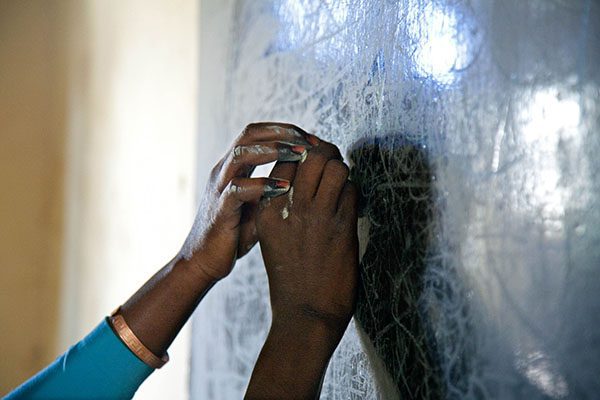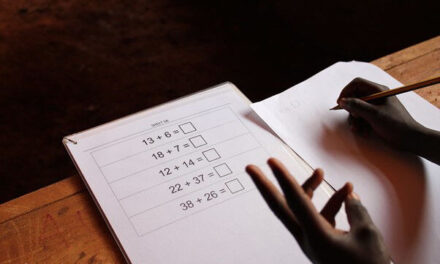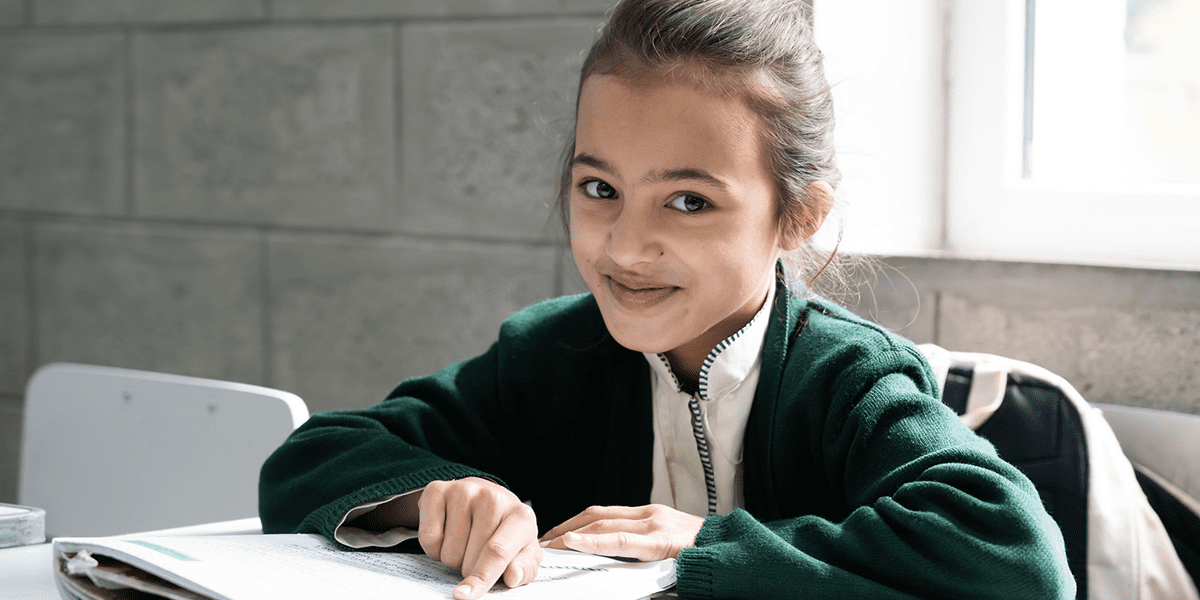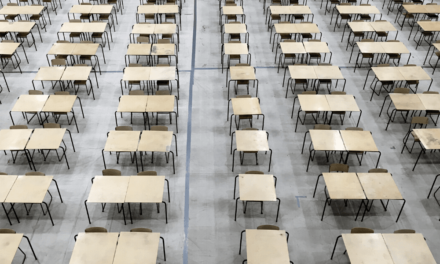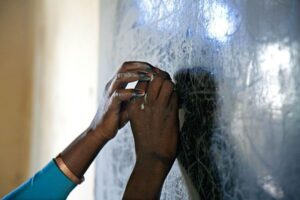
November 2010. El Fasher: Supervisor Radia Ibrahim Hamid and the translator to the sign language, Abdelatif Adam Ibrahim, are teaching mathematics to the students at the North Darfur Association for the Disabled, in El Fasher. Photo by Albert Gonzalez Farran / UNAMID
Interview with Amy Parker on sub-theme: Inclusive Education for Sustainable Development
What excites you about this theme?
‘Leaving no one behind’ is becoming common currency in the international development sector these days. I have had (and continue to have) the privilege of working on education projects with extremely marginalised groups on the remote Plateau region of South Kivu, eastern DR Congo with Children in Crisis, in the Za’atari and Azraq Refugee Camps in Jordan and in Puntland, Somaliland and Somalia with Relief International. These are areas where ‘leave no one behind’ is particularly apt. Geographically, politically and socially marginalised, education has the potential to break the cycle of poverty and conflict in these and many other regions.
Time and time again I have heard parents crying out for a quality education for their children – so that their children can have a better life than they themselves have had. I have spoken to children who just want what children have access to in the rest of the world – good teachers, good resources and a safe and dry place to study so that they can achieve. At the risk of sounding gloomy, we all know that this is not something that can happen overnight, and that even with significant will and resources, the challenge remains immense. On a more optimistic front, work on reaching marginalised groups has been going on for years and I am really excited to learn more about what has been and is happening – where are the real success stories? Where are the innovations? Where is there potential to achieve more? Where do we need to learn more?
How does this link to the overall 2017 conference theme of learning and teaching for sustainable development?
One of the biggest learnings from the MDGs was the fact that, despite huge strides made on getting children in school, many millions of the most marginalised children and young people had not been reached and were not accessing their right to education. The very nature of how MDG achievement was measured (averaging data rather than disaggregation) resulted in these children and young people being forgotten. The SDGs have the ambition to rectify this and ‘leave no one behind’ has been placed at the very heart of the 2030 agenda.
What is taught and learnt is particularly pertinent when thinking about inclusion. With education, its power to exclude is as potent as its power to include. How to include the most marginalised into the education system, from planning and budgeting to curriculum content and assessment, needs to be at the forefront of the development agenda if we are to have any chance of achieving SDG 4.
What kind of papers would you like to see submitted under your theme?
Inclusion and reaching the most marginalised is obviously a huge topic (but luckily, it is also cross-cutting with the other sub-themes, so there’s plenty of opportunity to talk about it at the September conference!). What I am particularly interested in learning more about is how the voices of the most marginalised have been listened to and incorporated into research and programming.
Being a bit of a technophobe, I am also really looking forward to seeing how technology might support inclusion for sustainable development. In a world of shrinking international development budgets, studies and projects that have shown evidence or potential for low-cost interventions meaningfully reaching the most marginalised and supporting learning will be read with much interest. Finally, are there any examples of national policies successfully incorporating the ‘leave no one behind’ agenda into their education planning and implementation? If so, what learnings can be taken and replicated, or adapted for, elsewhere?

